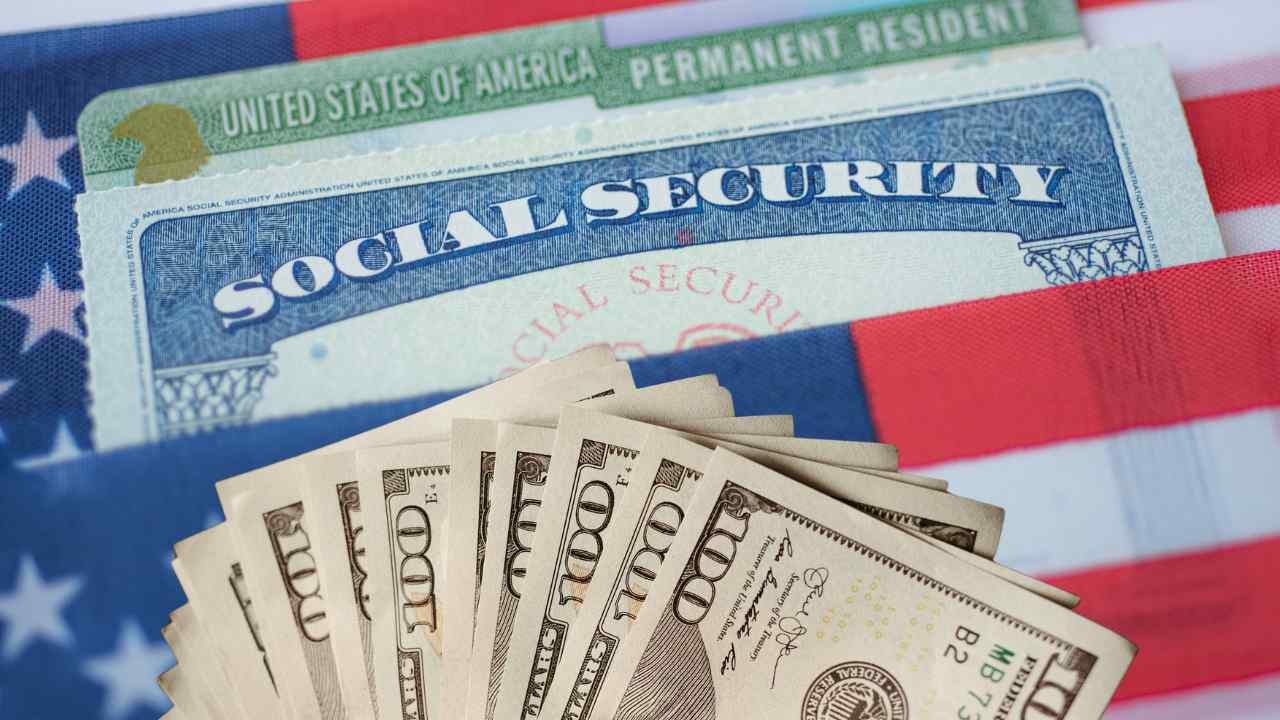Social Security payments in July are distributed on Wednesdays based on your date of birth. If you were born between the 1st and 10th of any month, you will receive your payment on Wednesday, July 9. This schedule applies to retirement, SSDI, and survivor benefits.
For those born between the 11th and 20th, your deposit will arrive on Wednesday, July 16. If your birthday is between the 21st and 31st, your due date will be Wednesday, July 23. Exception: If you began receiving payments before May 1997, you’ll have already received your payment by July 3.
SSI (Supplemental Income) beneficiaries received their payments on July 1, and those who are retired and living abroad or who receive SSI combined with retirement (or SSDI, disability benefits) receive their payments on the 3rd of each month.
The maximum Social Security benefit and its conditions
After the 2.5% increase due to the cost-of-living adjustment (COLA 2025), the maximum monthly benefit is $5,108, but not everyone receives it. This amount only applies if you meet three key conditions: retirement at age 70, 35 years of contributions, and income at the taxable limit.
For example, if you retire at age 67 (full retirement age in 2025), the maximum is $4,018; if you retire at age 62, it drops to $2,831. Most people receive less: the current average is $2,002 for retirees. Amounts vary depending on work history and retirement age.
SSDI (Disability Insurance) averages approximately $1,582, while SSI averages around $718. These amounts reflect the differences in the programs administered by the SSA, which are, as mentioned above, retirement payments, SSI payments, SSDI payments, and others passed on by deceased beneficiaries to their surviving heirs.
Risks of payment reduction — what you need to know
Some beneficiaries may see a decrease in their July payment if the SSA is recovering previous overpayments. Under current rules, the SSA can withhold up to 50% of the monthly benefit without a payment plan.
This primarily affects those who received incorrect amounts due to unreported changes (earnings or disability adjustments). An estimated 2 million people will face this situation by 2025. Transparency with the SSA is crucial.
If this happens, contact the SSA to negotiate a reasonable payment plan. Avoiding drastic withholdings requires proactive communication with the administration using your Social Security number.
Also, before September 30, you must complete the process of changing your payment method from paper check to electronic payment, because, starting October 1, the agency will eliminate payment by paper check and migrate all of its services to digital means, which are direct deposit into a bank account or by using a Direct Express card.




